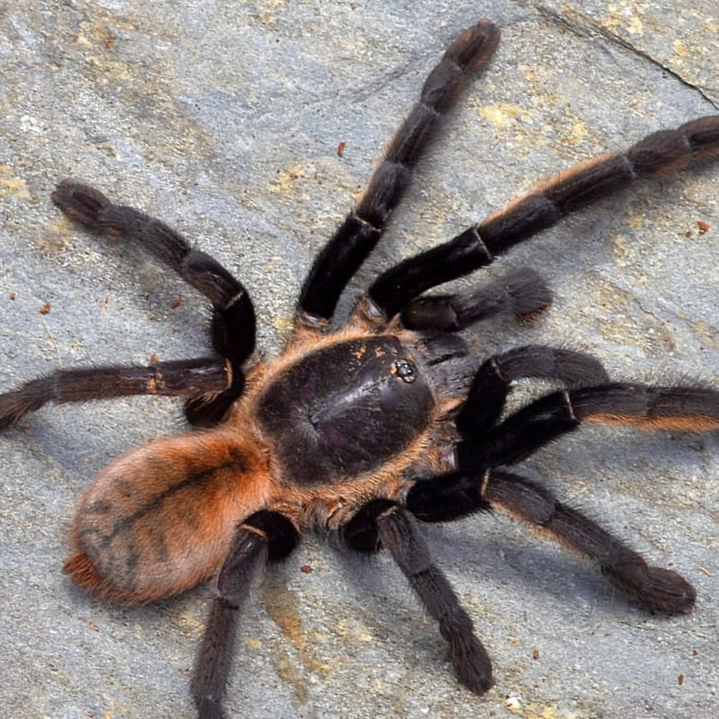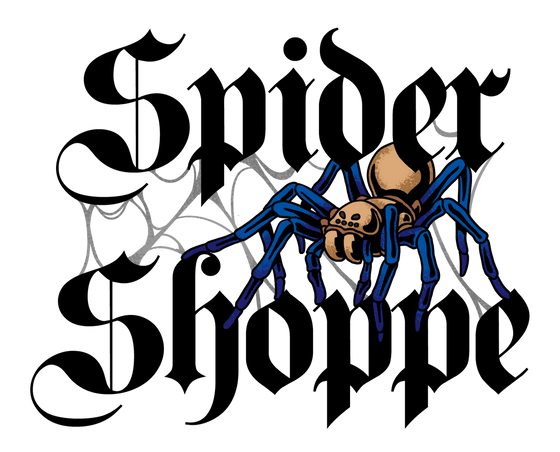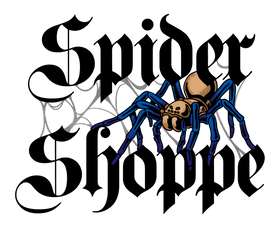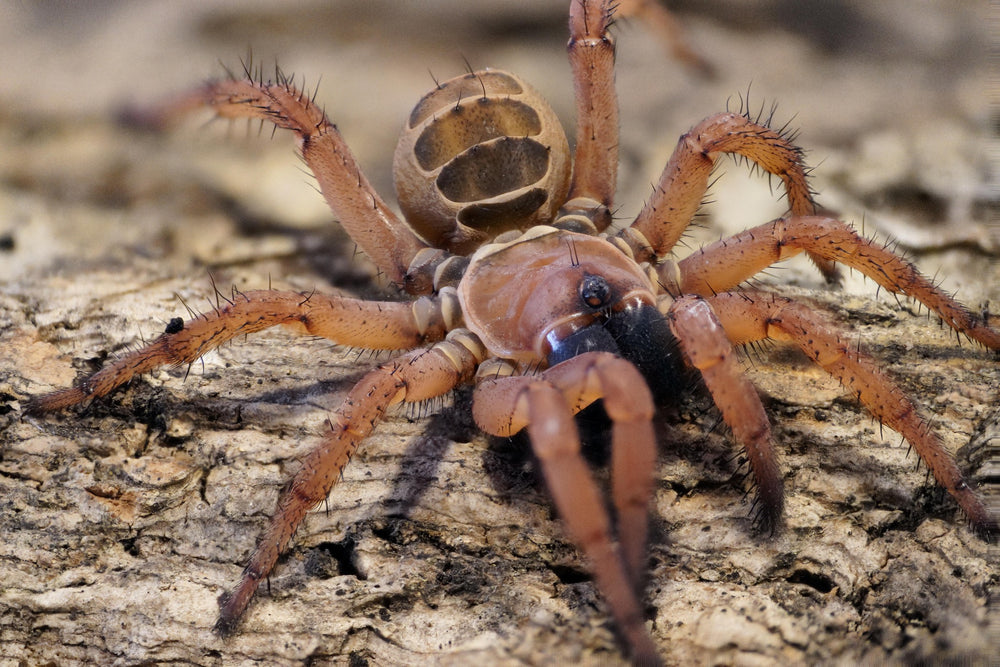
Ornithoctonus aureotibialis (Thai Golden Fringe) 1"
- Live Arrival Guarantee
- Live Animals Ship FedEx Priority Overnight (Mon-Weds)
- In stock, ready to ship
- Inventory on the way
Photo by Agiope Terra

Info on our shipping policy can be found on our T&C page.



